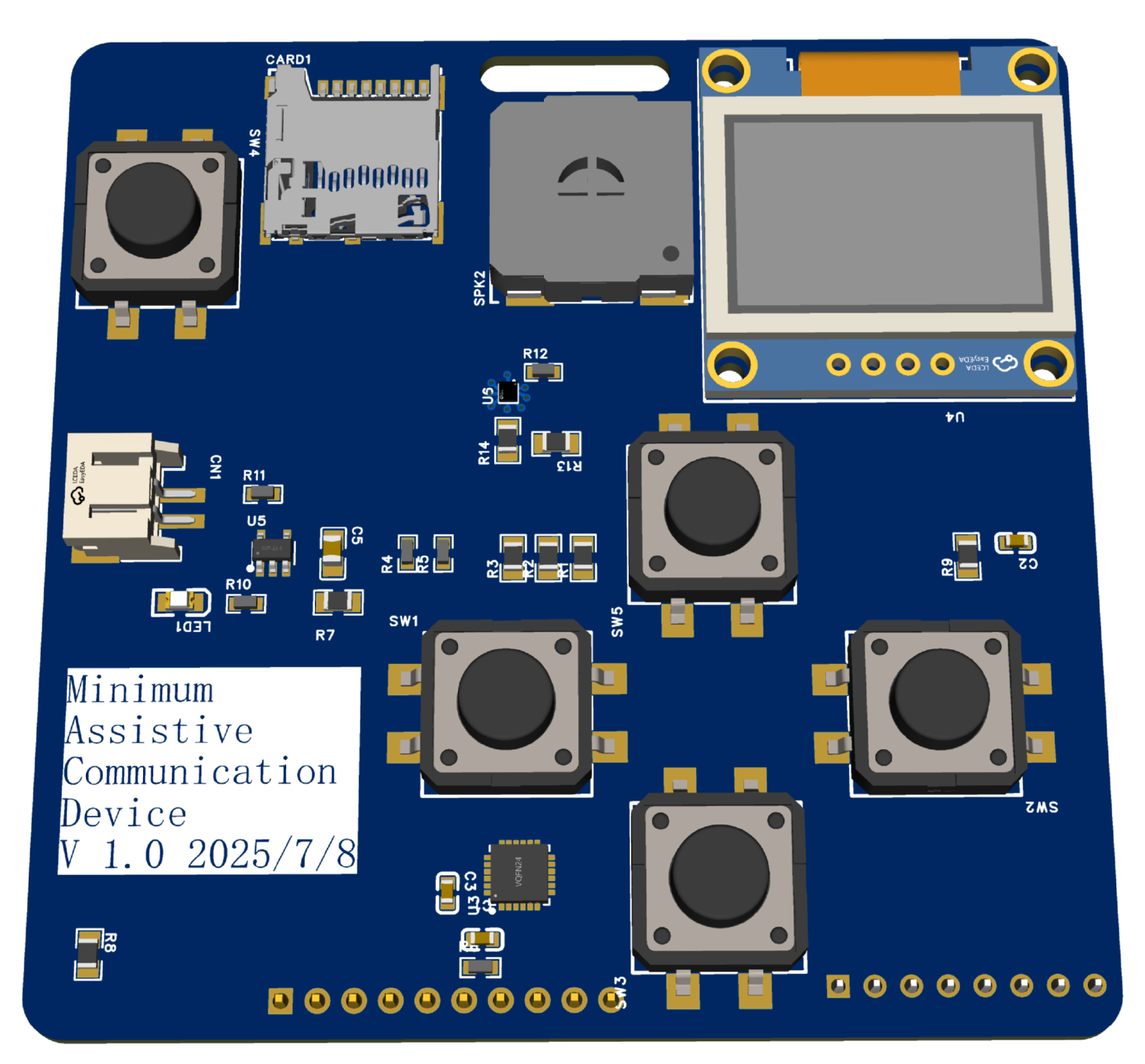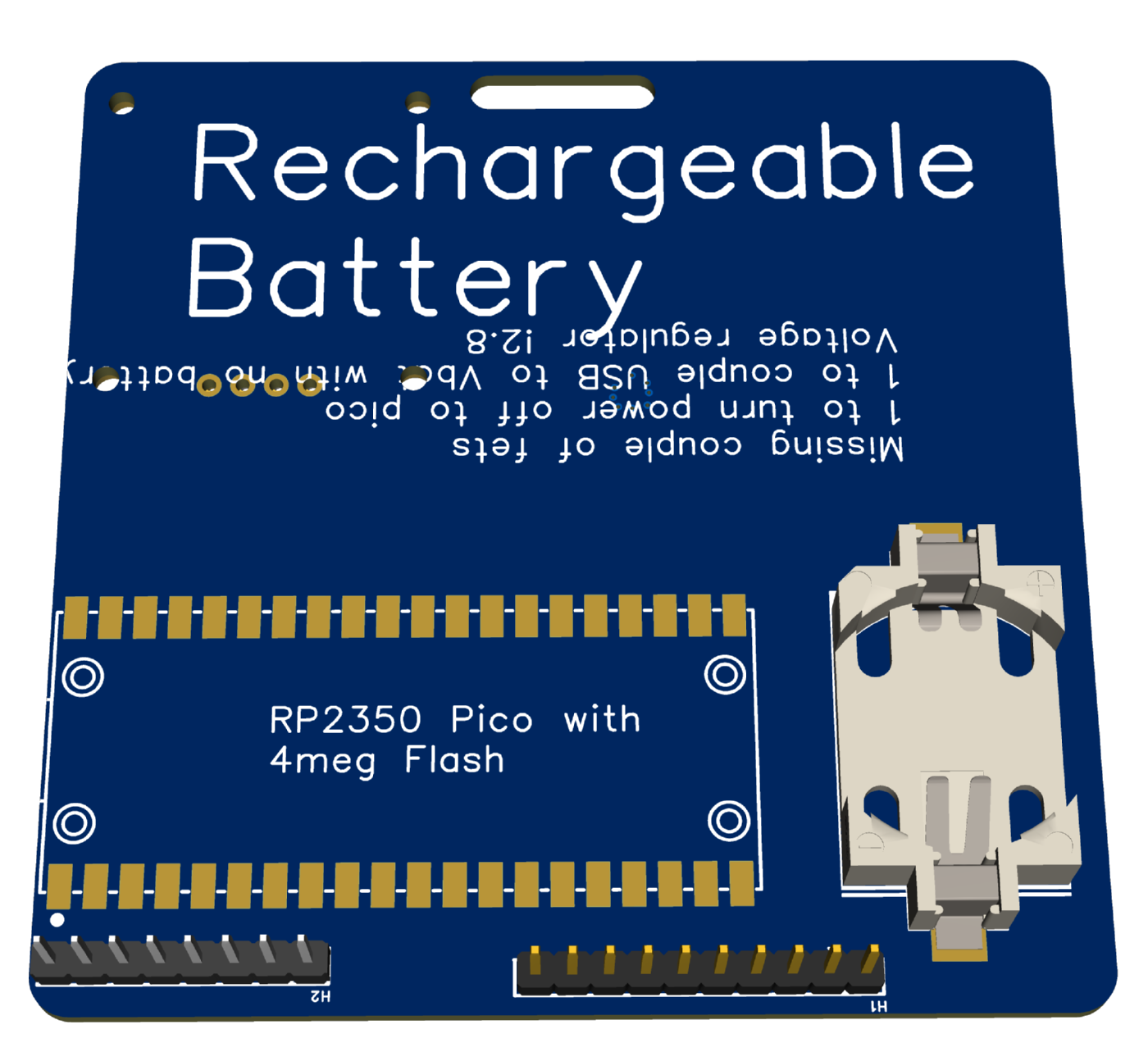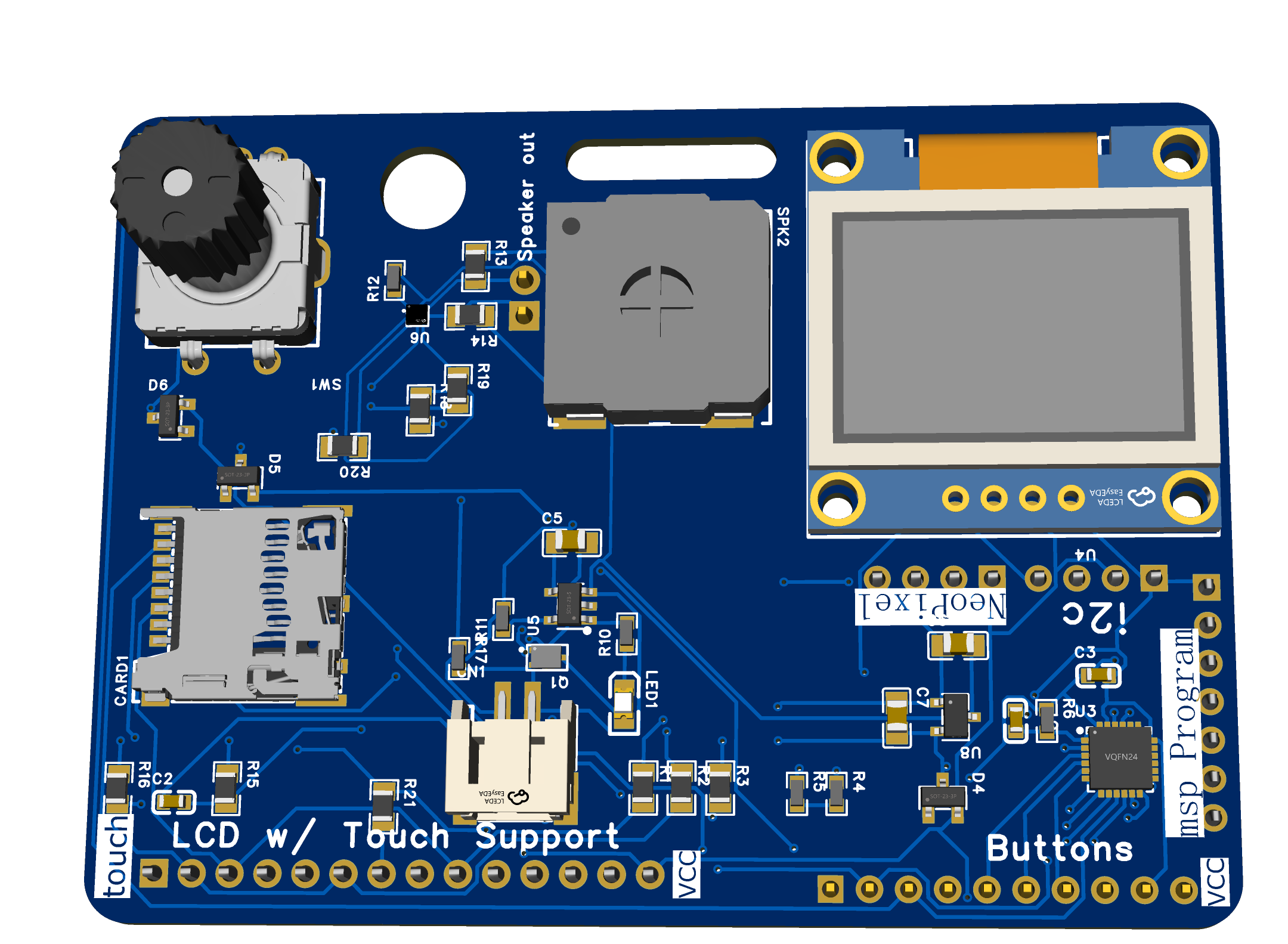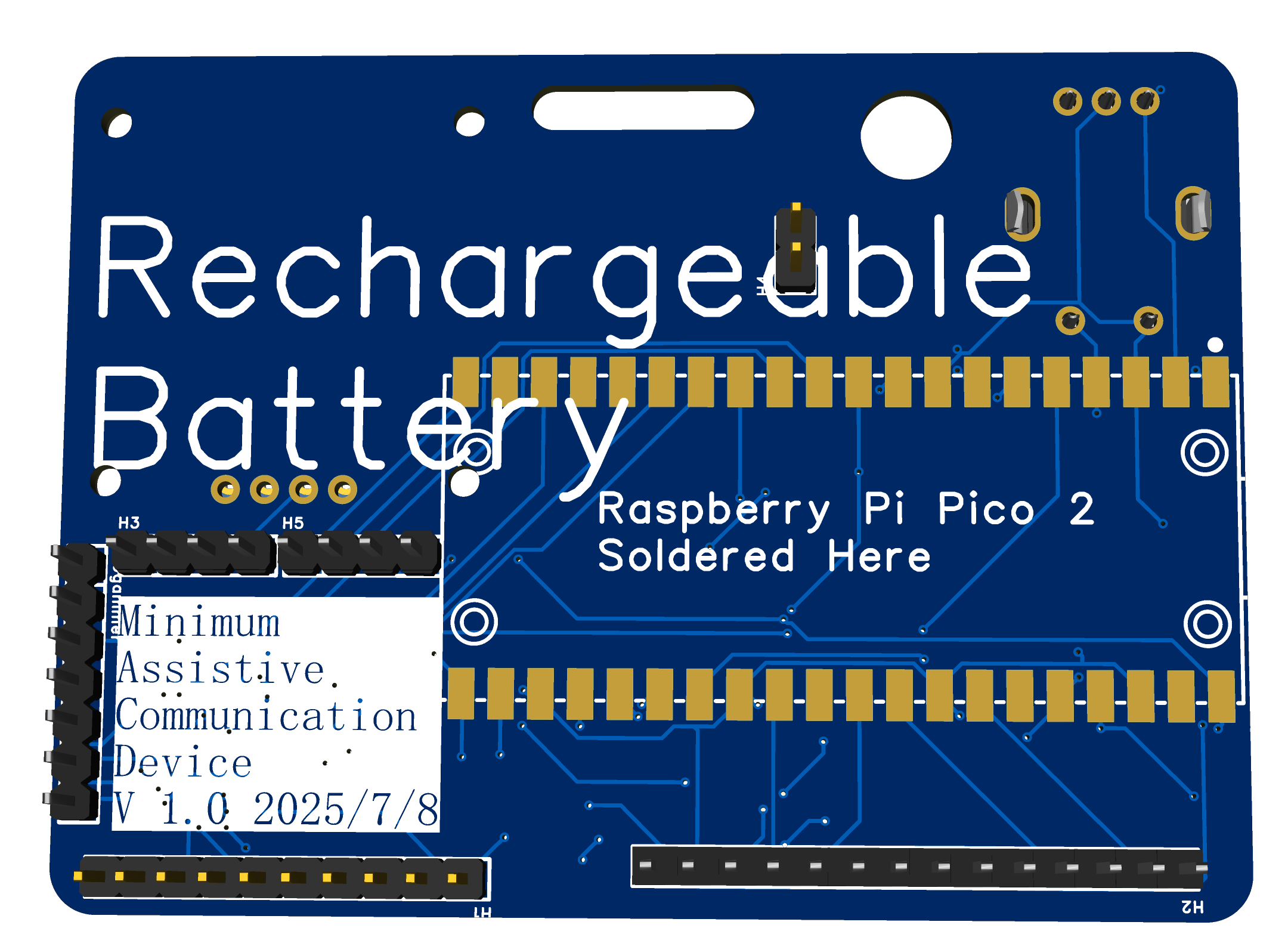| Open Source Assistive Devices
Expanding Accessibility, One Individual at a Time The mission is to expand accessibility, collaborate with like-minded innovators, and grow open-source resources for special needs technology. Whether you're a potential collaborator, someone seeking support, or just curious, stop by to learn, connect, and explore how we can build solutions together! More information > |
 |
||||||||
| |
Assoicative Device
This initiative began with the creation of an assistive device for a special needs girl I met in Thailand. Drawing from my experience building assistive speech boards in college—along with years of work in electronic and software engineering, I designed this project to be adaptable and reusable for various applications, whether for special needs or other innovative uses. We are building an open-source ecosystem with the vision of making these devices easily accessible worldwide. Imagine being able to order PCBs, 3D print cases, assemble components, and configure the system with simple steps, no matter where you are. Most importantly, these devices are meant to be freely given, not sold, to those who need them most. I’m not in this for profit, nor do I want to navigate the liability of selling them commercially. The first device has an estimated material cost of just over $100 USD. By developing open-source special needs devices, we aim to create foundational building blocks that make customized solutions easier to develop and share. |
||||||||
|
|||||||||
| |
|||||||||
|
|||||||||
| This is a just enough website that needs some help, or something else that inspires you to want to contact us. |
|||||||||
| Project Links & Media
GitHub Repository: NeedsBoard YouTube Channel: @ecobra1026 Board focusing on making associations and enabling basic needs communication for special needs Combination of hardware and software with design philosophy of modularity and customizing for specific special needs individuals Documentation is currently in Google Docs as well as github Project Overview Button / Input boards - Processor Board - First Needs word list - Plan going forward - |
|||||||||




